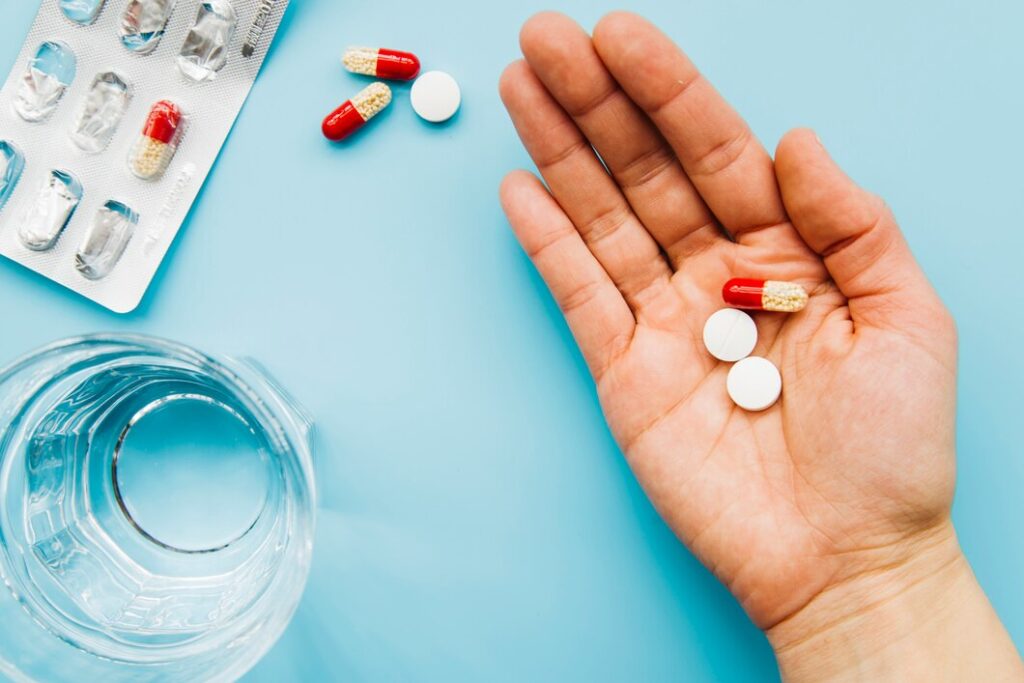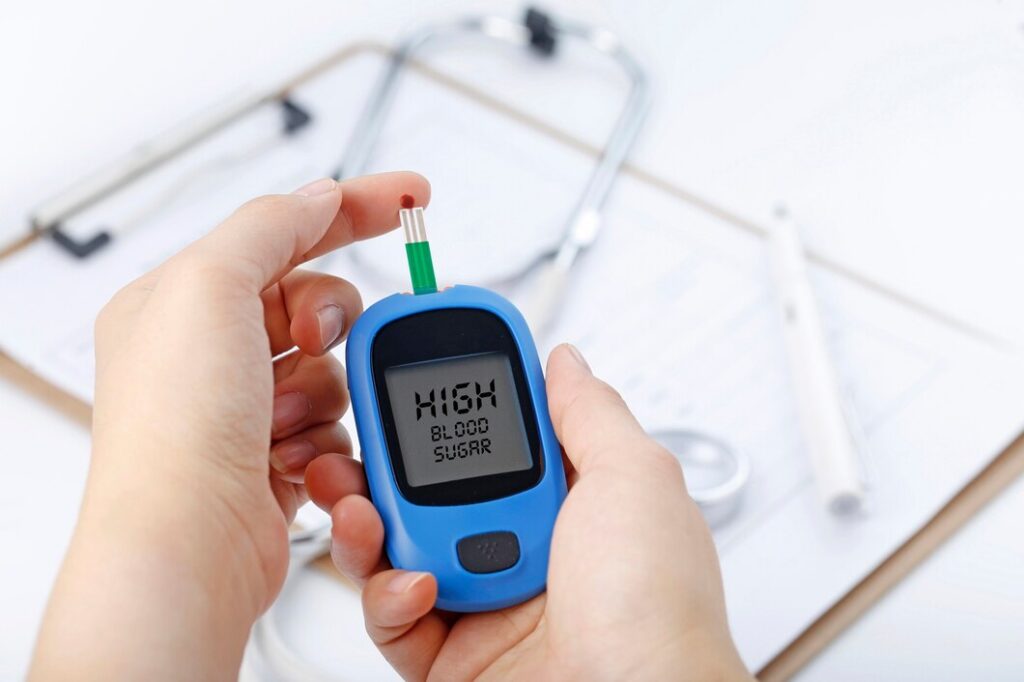SGLT2 inhibitors;

Introduction
SGLT2 inhibitors, a class of medications at the forefront of diabetes management, have garnered significant attention for their efficacy and unique mechanism of action. These inhibitors offer a promising avenue for individuals struggling with type 2 diabetes, providing improved glycemic control and cardiovascular benefits.
What are SGLT2 Inhibitors?
Sodium-glucose co-transporter 2 (SGLT2) inhibitors are oral antidiabetic drugs designed to lower blood glucose levels by inhibiting the reabsorption of glucose in the kidneys. By targeting SGLT2, these medications promote the excretion of excess glucose through urine, thereby reducing blood sugar levels.
Uses Of SGLT2 Inhibitors:
Sodium-glucose co-transporter-2 (SGLT-2) inhibitors have revolutionized diabetes management, offering a novel approach to glycemic control. These antihyperglycemic agents target SGLT-2 proteins in the kidneys, presenting a paradigm shift in the treatment of type 2 diabetes mellitus (DM).
FDA-Approved Indications for SGLT-2 Inhibitors
- Improvement of Glycemic Control: SGLT-2 inhibitors are approved as adjunctive therapy for type 2 DM, aiding in blood sugar management alongside diet and exercise.
- Cardiovascular Benefits: These medications have demonstrated efficacy in reducing major adverse cardiovascular events and decreasing the risk of cardiovascular hospitalization and death for heart failure.
- Renal Protection: SGLT-2 inhibitors are indicated to reduce the risk of eGFR decline, hospitalization in chronic kidney disease, and progression in patients with type 2 DM.
Off-Label Uses of SGLT-2 Inhibitors
- Obesity Management: Combining SGLT-2 inhibitors with glucagon-like peptide-1 receptor agonists has shown promise in managing obesity.
- Nonalcoholic Fatty Liver Disease (NAFLD): These inhibitors are recommended as adjunctive therapy for patients with type 2 DM and NAFLD.
Individual SGLT-2 Inhibitors
- Canagliflozin: Approved in 2013, canagliflozin improves blood glucose control and reduces cardiovascular adverse events and the risk of end-stage renal disease.
- Dapagliflozin: Approved in 2014, dapagliflozin improves blood glucose control, minimizes heart failure hospitalization, reduces cardiovascular mortality, and slows kidney disease progression. Its indications have expanded to include heart failure across the spectrum of left-ventricular ejection fraction.
- Empagliflozin: Third in line for approval in 2014, empagliflozin improves blood glucose control, reduces cardiovascular adverse events, and minimizes heart failure hospitalization. It is preferred for patients with atherosclerotic cardiovascular disease and type 2 DM.
- Ertugliflozin: Approved in 2017, ertugliflozin improves blood glucose control in adults with type 2 DM.
Guideline Recommendations
- HFrEF Management: SGLT-2 inhibitors are recommended to reduce heart failure hospitalizations and cardiovascular mortality, regardless of diabetes status.
- Type 2 DM and CVD: These inhibitors are suggested to reduce heart failure hospitalizations in patients with type 2 DM and established cardiovascular disease.
- CKD Progression: SGLT-2 inhibitors are recommended to prevent chronic kidney disease progression, particularly in patients with type 2 DM.
Mechanism of Action of SGLT-2 Inhibitors :
1. Inhibition of Glucose Reabsorption
- Location: Proximal convoluted tubules of the kidneys
- Physiological Function: Reabsorption of filtered glucose from the tubular lumen
- Effect: Reduces reabsorption of filtered glucose, decreases renal threshold for glucose (RTG), promotes urinary glucose excretion
- HbA1c Reduction: Lowered by 0.7%
2. Cardiovascular Effects
- Arterial Vasodilation: Increase in distal tubular sodium load inhibits the renin-angiotensin-aldosterone system, reducing afterload and preload
- Blood Pressure Reduction: Empagliflozin decreased mean arterial pressure and reduced ambulatory arterial stiffness index
- Vasodilation: Dapagliflozin-induced vasodilation evident in preclinical studies, improves endothelial function, arterial stiffness, and reduces oxidative stress
3. Cardioprotective Effects
- Afterload and Preload Reduction: Arterial vasodilation, natriuresis, diuresis
- Cardiac Biomarkers: Canagliflozin slows the advancement in serum NT-proBNP and troponin-I levels
- Cardiac Fuel Metabolism: Shift from carbohydrate utilization to ketogenesis
4. Nephroprotective Effects
- Afferent Vasoconstriction: Increases distal sodium delivery, inhibits tubuloglomerular feedback, decreases intraglomerular pressure, and albuminuria
- Natriuresis: Interference with proximal glucose and sodium reabsorption leads to decreased effective circulating volume, blood pressure, and weight loss
- Renal Tissue Alterations: Modifies factors promoting inflammation and fibrosis, lowers kidney hypoxia, alters mitochondrial metabolism
5. Enhanced Cardiac Function
- Myocardial Fuel Source: β-hydroxybutyrate oxidized instead of fatty acids and glucose
- Myocardial Efficiency: Ketone bodies as a less expensive fuel source
- Antiarrhythmic Effects: Stabilizes cell membrane potential
6. Potential Therapeutic Benefits
- Decreased Mortality: Associated with a decrease in all-cause mortality and cardiovascular death
- CV Benefits: Observed regardless of baseline diabetes status in clinical trials like DAPA-HF & EMPEROR-Reduced
By targeting multiple physiological pathways, SGLT-2 inhibitors offer a comprehensive approach to managing diabetes and associated cardiovascular and renal complications.
Use of SGLT2 Inhibitors in systemic Diseases & Conditions:
1. Patients with Hepatic Impairment
- Mild to Moderate Impairment: No dose adjustment required
- Severe Impairment:
- Not Studied: Canagliflozin and ertugliflozin
- Not Recommended: Due to lack of data
- Empagliflozin: Generally well tolerated across all levels of hepatic impairment
- Cirrhosis: Increased risk of infection and genitourinary infections, potential for fluid overload and acute kidney injury (AKI)
- Risk-Benefit Evaluation: Essential before initiation
2. Patients with Renal Impairment
- eGFR >20 mL/min/1.73 m²:
- Consensus Guideline: Suggested for patients with type 2 diabetes mellitus and CKD
- Continuation: Once initiated, can be continued at lower eGFR levels
- Individual Factors: Consider before therapy initiation
- Diabetic Kidney Disease:
- Urinary Albumin >200 mg/g Creatinine: Advised to reduce CKD progression and cardiovascular events
- Hypovolemia Risk: Assess and optimize volume status before therapy initiation
3. Pregnancy Considerations
- Contraindicated: Due to reproductive toxicity in animal studies
- Second and Third Trimesters: Higher risk
- ACOG Guidelines: Insulin preferred for gestational diabetes mellitus
- Alternatives: Metformin (occasionally glyburide) for specific cases
4. Breastfeeding Considerations
- Plasma Protein Binding: Unlikely significant secretion into breast milk
- Not Recommended: Due to potential risk to infant’s kidney development
5. Geriatric Considerations
- Adverse Reactions: Increased incidence related to decreased intravascular volume and hypotension
- SOLD Study: SGLT2 inhibitors deemed safe and effective for older patients
Side Effects
While generally well-tolerated, SGLT2 inhibitors can elicit certain side effects, including:
- Genitourinary Infections: Increased urinary glucose excretion may predispose individuals to genital mycotic infections and urinary tract infections.
- Volume Depletion: Due to their diuretic effect, SGLT2 inhibitors can cause volume depletion and orthostatic hypotension, particularly in susceptible individuals.
- Risk of Ketoacidosis: Rare cases of euglycemic diabetic ketoacidosis have been reported with SGLT2 inhibitor use, particularly in patients with concomitant precipitating factors such as illness or reduced food intake.
Doses:
Commonly prescribed SGLT2 inhibitors include:
- Canagliflozin: Typically initiated at a dose of 100 mg once daily, with the option to increase to 300 mg daily based on individual response and tolerability.
- Dapagliflozin: Administered at a starting dose of 5 mg once daily, with the potential for escalation to 10 mg daily as needed.
- Empagliflozin: Initiated at a dose of 10 mg once daily, with the possibility of titration to 25 mg daily for optimized glycemic control.
Combination Therapy:
SGLT2 inhibitors are often prescribed as part of combination therapy to enhance glycemic control and address multiple facets of diabetes management. Common combinations include:
- Metformin: Combining SGLT2 inhibitors with metformin, a first-line agent in type 2 diabetes treatment, can yield additive benefits in lowering blood glucose levels and improving insulin sensitivity.
- DPP-4 Inhibitors: Dual therapy with SGLT2 inhibitors and dipeptidyl peptidase-4 (DPP-4) inhibitors offers complementary mechanisms of action, targeting glucose reabsorption and incretin degradation, respectively, to achieve comprehensive glycemic control.
- GLP-1 Receptor Agonists: The combination of SGLT2 inhibitors with glucagon-like peptide-1 (GLP-1) receptor agonists provides synergistic effects in reducing blood sugar levels, body weight, and cardiovascular risk, making it a compelling option for patients with type 2 diabetes and obesity.
Conclusion
SGLT2 inhibitors represent a paradigm shift in the management of type 2 diabetes, offering not only superior glycemic control but also cardiovascular benefits and potential renal protection. With their distinctive mechanism of action, favorable side effect profile, and compatibility with various combination therapies, SGLT2 inhibitors have emerged as indispensable agents in the armamentarium against diabetes and its complications. As research continues to unravel their full potential, these medications stand as cornerstones in the pursuit of optimal diabetes care and improved patient outcomes.
Read more:

